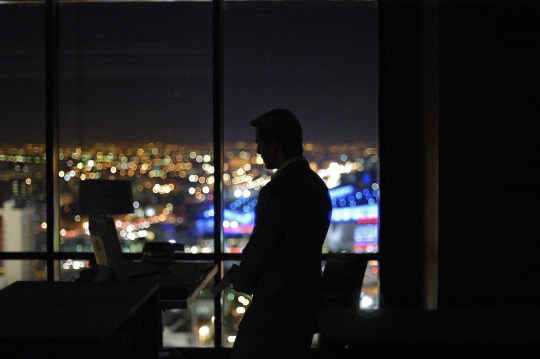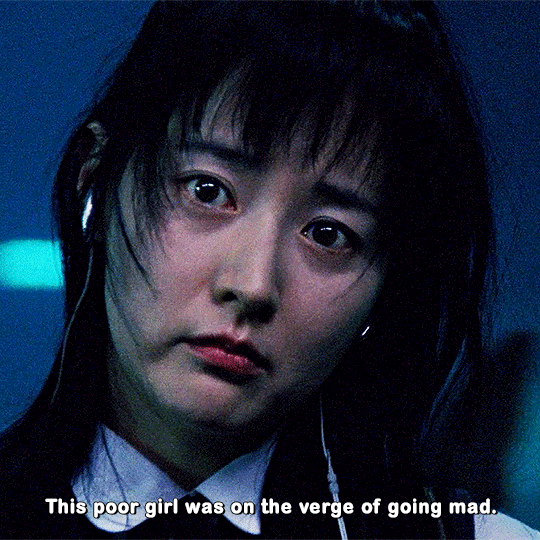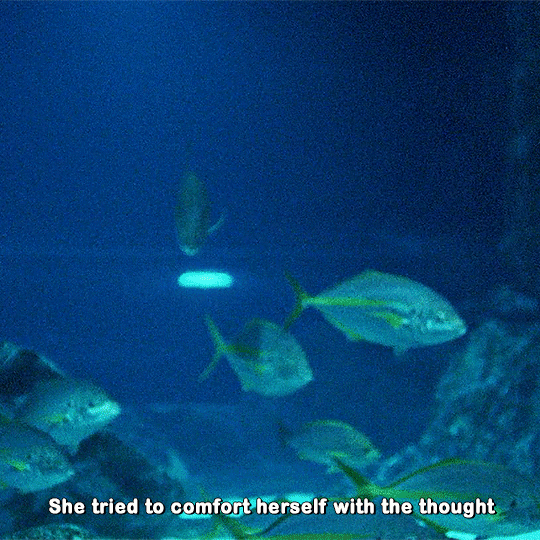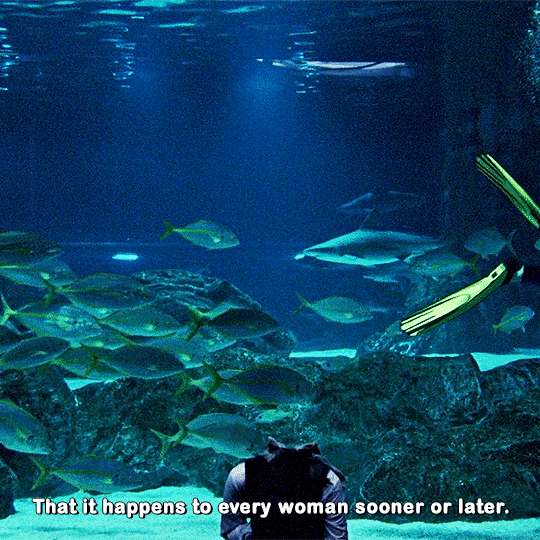Photo

original url http://www.geocities.com/castleinthesky/
last modified 2009-04-25 12:44:18
54 notes
·
View notes
Text

sorry to subject you to this but what a time was 1994
9 notes
·
View notes
Text

But then movies have their own authenticity; for an Angeleno steeped in them, they become as real as the city outside. When Michael Mann made the movie Collateral, one of his goals was to make nighttime Los Angeles a character, and the city’s lights—shot with a dizzying array of digital technology—have never looked better. Mann started his career on Miami Vice and made the heist movie Heat; he is arguably Hollywood’s king of depicting cities at night. But the effect he creates is just that—an effect. Mann thought the combination of LA’s actual sources of illumination looked weird on his monitors; he and his crew tweaked it in post-production to look “real.”
Lights are not the same as movies of lights. And memories of lights and movies? That’s a whole other thing. Color and the memory of color, already filtered by the eye and brain, dance a few steps even further away from whatever we might call the color of reality when recorded by technology, by a camera. “Remembrance of the city is mediated by a technology that is itself sensitive to the way the light is produced,” says Bevil Conway, a neuroscientist at Wellesley College who studies color and vision. “In very blunt terms, there’s a difference between your experience of the sodium light and your experience of a picture or movie shot using sodium illumination.”
To Conway, the key is that trick the human visual system plays. It’s called color constancy. In essence, it’s the ability of the eye and visual cortex to correct for the color of illumination that’s spilling across a scene and reflecting back to an observer. Most of the time, humans can subtract the “spectral bias” of a source.
Occasionally, artificial or external effects break color constancy—accidentally, as with the dress, or intentionally, in the theater or a movie. Our brains “see” a color that isn’t really there. Different light sources can set off the same color coding in the eye under one set of conditions, but not another. Look at a shirt in the store and it matches your pants; get it home and it doesn’t. Color constancy has played you for a patsy. “As you switch from one lighting condition to another, from sodium to LED, you are profoundly changing the way color objects appear,” Conway says. “And that’s huge. It’s going to change the associations people make.”
Sodium lights are effectively monochromatic, which means that while you can see by them, you essentially have no color vision, though just as in dim lighting you’re unlikely to notice. As with black-and-white images, Conway argues, memories add a kind of personal retrospective colorization, but LEDs drag everything into full color. “I wonder whether your nostalgia for sodium-illuminated LA has something to do with this,” Conway emails later, after we talk. “Under sodium lights, you can experience the city with your own private visualized colors, and these don’t align with the real colors given to you with LED lights. It’s disappointing, just as seeing a movie based on a favorite book is rarely satisfying.”
24 notes
·
View notes
Text
i tend not to take museum photos of things unless i think i can take a good one, and this was in a glass case so it had a lot of glare, but the sargent exhibit at the met has the only know photograph of madame x before he repainted the shoulder strap and seeing that for the first time in my life made me feel like my body was made of static
14K notes
·
View notes
Text
it's too hot out
10 notes
·
View notes
Text
idk how many active followers i have on here anymore but i’ve been helping a woman in gaza, Noor, and her family so i thought i should share her fundraiser here as well. it hasn’t gotten a lot of traction so would mean a lot to me if you reblog, send to others, and of course donate if you can:
❤️🖤💚
5 notes
·
View notes
Text
ok! affirmations for today AAAAAAAA HELP ME GOD PLEASEEEE AAAAAAAA
5K notes
·
View notes
Photo



SYMPATHY FOR LADY VENGEANCE 2005, dir. Park Chan Wook
7K notes
·
View notes







